At this time of year, I often get asked about what I do since the majority of the state historic sites I oversee are closed. One of the best parts of working with sites is that no two days are ever the same. I know that sounds a bit cliché, but there is a lot of truth in the statement. During the offseason, I find myself working on various projects for different sites. Each project offers new and unique challenges and allows me to work with our excellent site staff.
One of the projects nearing completion is an upgrade to the playground equipment at Writing Rock State Historic Site, which we undertook in partnership with the Divide County Job Development Authority. You might wonder why we have a playground at a historic site. The playground equipment was installed at the site when it was initially created as a state park in 1936. The State Historical Society of North Dakota operated both state parks and historic sites until the mid-1960s when parks were moved to a separate agency.
The original equipment at Writing Rock was outdated and no longer safe to use. Playground equipment has a lifespan of 20 years. Grondahl Construction installed the new equipment in November. All I have left to do on the project is finish up some grant reporting and install a sign recognizing the contributions of all involved. I have never worked on a project like this before, and it allowed for some great learning opportunities. Plus, I can now amaze my friends with my knowledge of the cost of playground equipment.
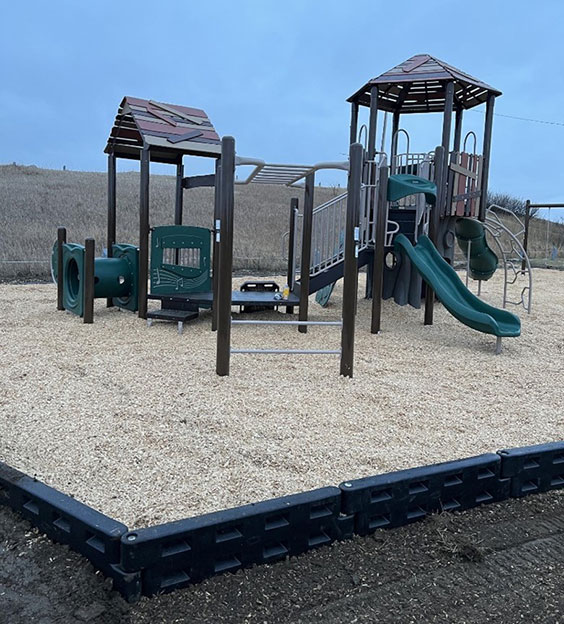
New playground equipment at Writing Rock State Historic Site.
Another project on my plate this offseason is writing interpretive panels for Fort Dilts State Historic Site. Fort Dilts has long been on our list of sites that need interpretive panels. After its inclusion in the North Dakota Passport, we felt it was time to move it to the top of the list. For the past month, I have been researching the history surrounding the site and have begun to write the panels.
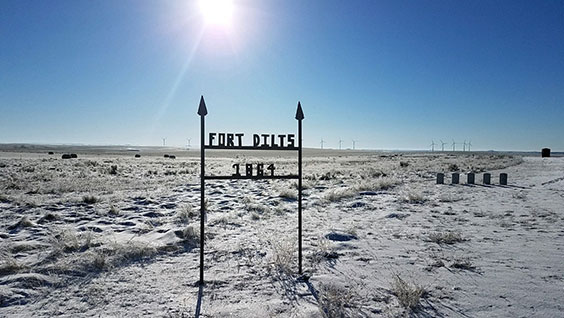
Fort Dilts State Historic Site
One project that has been on my list for a long time is creating a video tour of the upstairs of the Chateau de Morès in Medora. Currently, guests who cannot climb the interior staircase have no way of experiencing the Chateau’s upstairs. This past fall, Assistant Site Supervisor Ed Sahlstrom and I recorded a tour of the upstairs. I am currently editing the video, and hopefully, it will be available at the site this summer for guests.
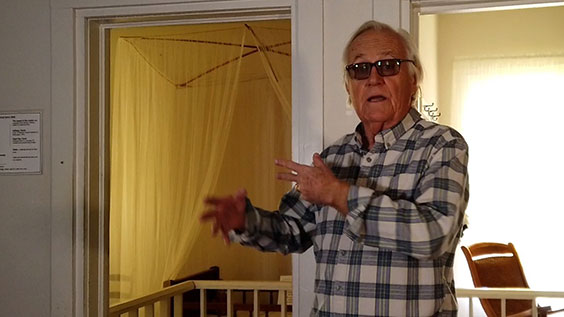
Screen capture of a video of Assistant Site Supervisor Ed Sahlstrom describing the upstairs nursery at the Chateau de Morès State Historic Site.
If you are a regular blog reader, you may have seen my post about the Ask-an-Expert program. We continue to work on that program, but we are also expanding our virtual offerings in other ways. We are working with several of our sites to develop virtual tours. We are doing test tours and looking at lighting and sound quality. We are also trying to work with our site staff to make the tour fit within a 45-minute time limit. I am excited for our site staff to share these tours with schools, civics groups, and other museums.
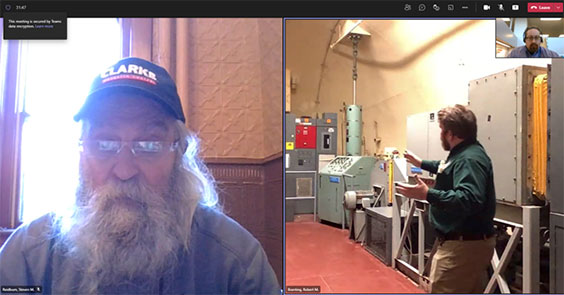
Ronald Reagan Minuteman Missile State Historic Site Supervisor Rob Branting shows off one of the underground capsules as part of a trial run of a virtual tour to 1883 Stutsman County Courthouse State Historic Site Supervisor Steve Reidburn and Historic Sites Manager Chris Dorfschmidt.
In addition to offseason projects, I often help answer questions for the general public about sites. Sometimes these questions require research. For example, a gentleman from the Twin Cities recently contacted me with questions about sites related to the 1863 punitive campaign led by Brig. Gen. Henry H. Sibley against the Dakota for the 1862 uprising. He wanted to know the exact location of several of the campsites. Thanks to some help from the friendly folks up in the State Archives, I was able to answer his questions.
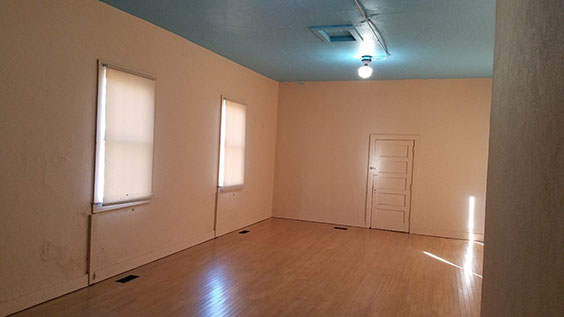
The north wing of the hospital building at Fort Totten State Historic Site will eventually house a hands-on exhibition geared toward children.
The projects listed above are a small taste of all of the ones I am currently working on this winter. I could go on about other projects like the children’s exhibit for the north wing of the hospital building at Fort Totten State Historic Site, getting replacement signs made for various historic sites, or making some slight updates to site cards. Then there are all of the other responsibilities that come with being a manager—budgeting, staff development, and hiring. As much as others might think that winter is my quiet time, it can be one of the busiest times of the year. But that said, I enjoy working on all of these projects, making every day different and enjoyable.

